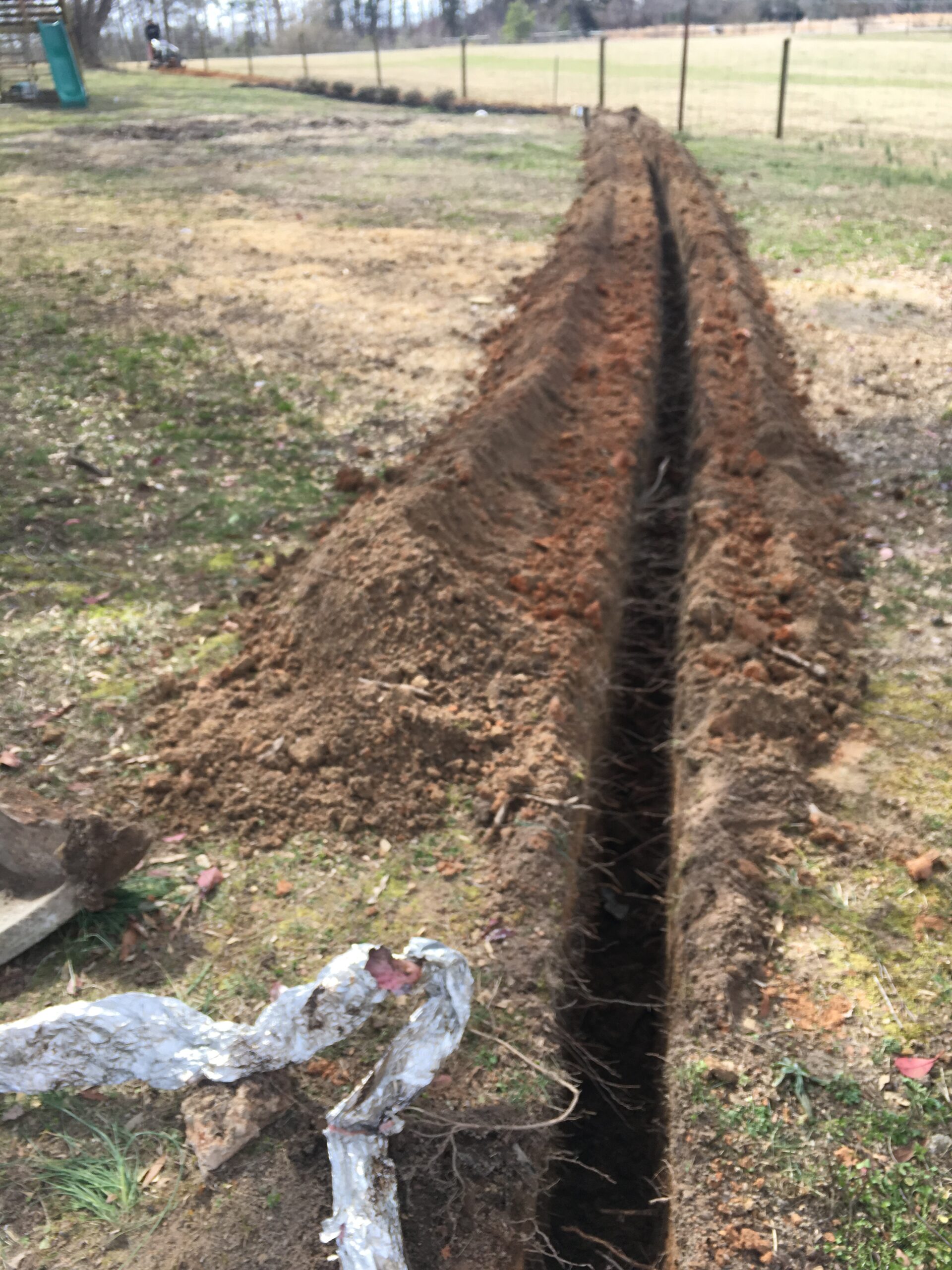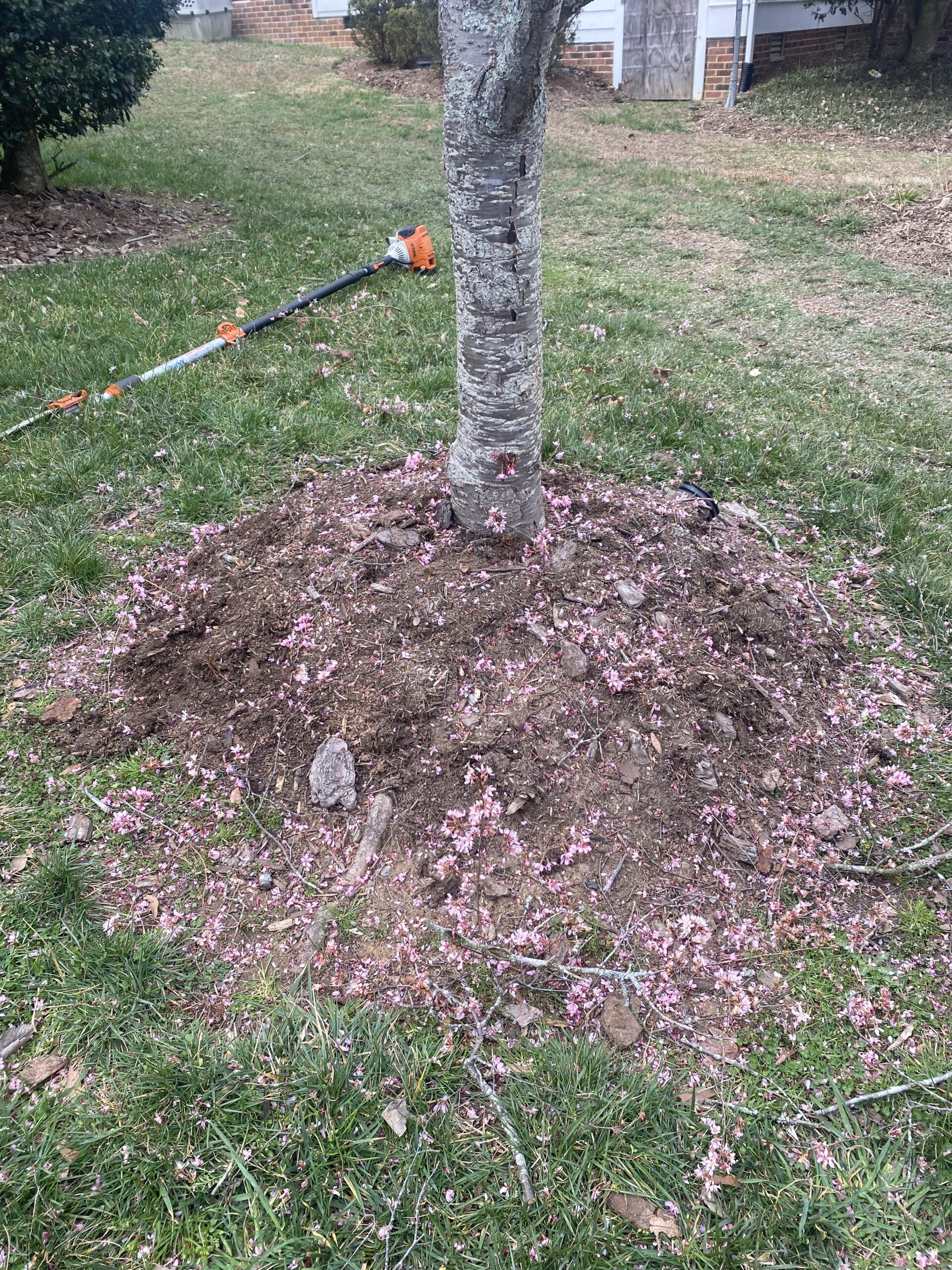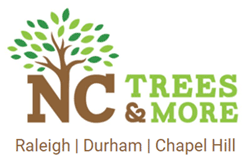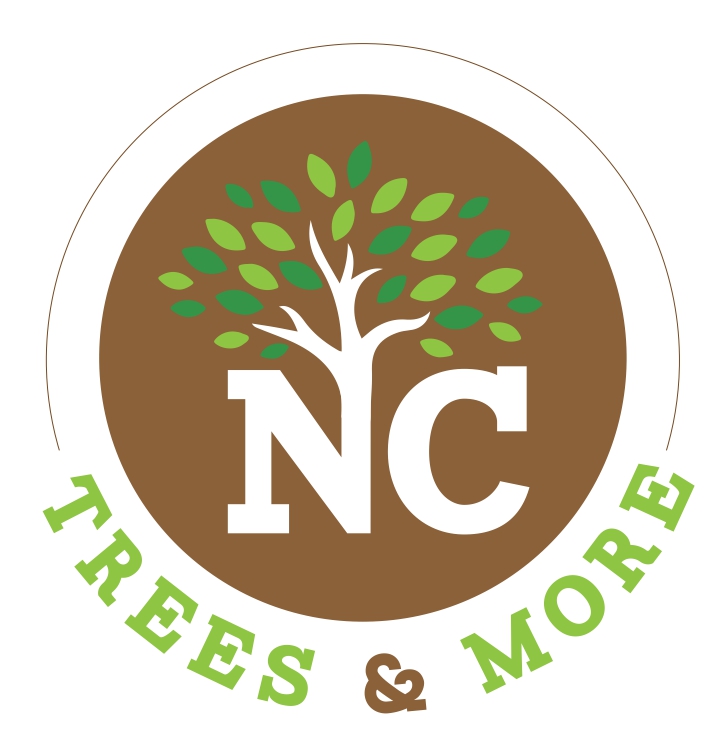Root Zone Remediation
Only half of the important stuff is above ground. We treat all the way from leaves to root hairs. We offer a variety of tailored services to fit your needs.
Root Pruning
Mulch Volcano


$2 Million General Liability
We are fully insured to handle all of your tree work at height and stump work. Our crew is trained and compliant with ANSI and OSHA standards. We use wireless communication to seamlessly operator a safe work site.
Satisfaction Guaranteed
We promise to take care of your property as we would our own and to work safely and efficiently. We give you the piece of mind knowing we are doing our absolute best job we can do following current practices and principles. Read about our code of ethics here
ROOT ZONE REMEDIATION
Root zone remediation in tree care is a crucial practice aimed at enhancing the health and longevity of trees by addressing various issues within the root system and surrounding soil. Trees rely on a healthy root zone for proper nutrient absorption, water uptake, and structural stability. Several techniques, including root barriers, root pruning, and addressing girdling roots, are employed to optimize the conditions in the root zone.
Compacted soil is a common issue that can hinder root growth by restricting the movement of air, water, and nutrients. Root barriers are often utilized to prevent soil compaction caused by external factors like construction activities. These barriers are physical or chemical structures installed around the tree’s root zone to minimize soil disturbance and compaction. By protecting the soil structure, root barriers promote optimal conditions for root expansion, ensuring the tree’s ability to access essential resources.
Root pruning is another effective method of root zone remediation. This practice involves selectively cutting or removing specific roots to improve the overall health and structure of the root system. It is particularly useful when dealing with circling or girdling roots—those that grow in a tangled, constricted manner around the main stem. Girdling roots can compress the vascular tissues, impeding the flow of water and nutrients. Root pruning helps eliminate or redirect these problematic roots, preventing them from negatively impacting the tree’s health. This process encourages the development of a more balanced and outward-growing root system.
Addressing girdling roots directly is a critical aspect of root zone remediation. Girdling roots can lead to a condition known as “root strangulation,” where the roots compress the trunk or other major roots, impeding nutrient flow and weakening the overall structure of the tree. By identifying and correcting girdling roots through careful root pruning or removal, arborists can alleviate stress on the tree and promote healthier growth.
In addition to these techniques, soil amendments such as organic matter can be incorporated into the root zone to improve soil structure, drainage, and nutrient content. Proper watering practices, including mulching, also play a role in maintaining optimal moisture levels in the root zone.
In conclusion, root zone remediation encompasses a range of practices aimed at creating an environment conducive to healthy root development. By addressing issues like soil compaction, girdling roots, and nutrient deficiencies, arborists can contribute to the overall well-being and longevity of trees, ensuring they thrive in their environment for years to come.
Top 5 Root Zone Remediation FAQs

Do I need to root zone remediation?

How long will it take to do the job?

What should I do with the area after remediation?

Do I need to mark water, gas, and power lines?


